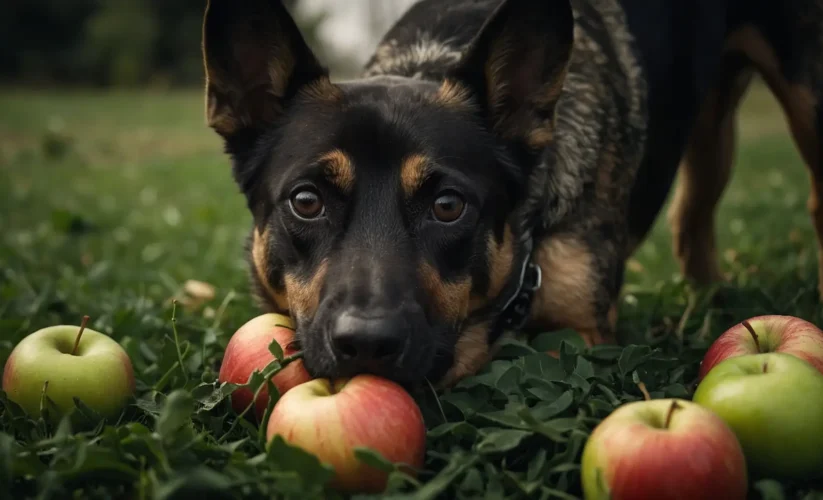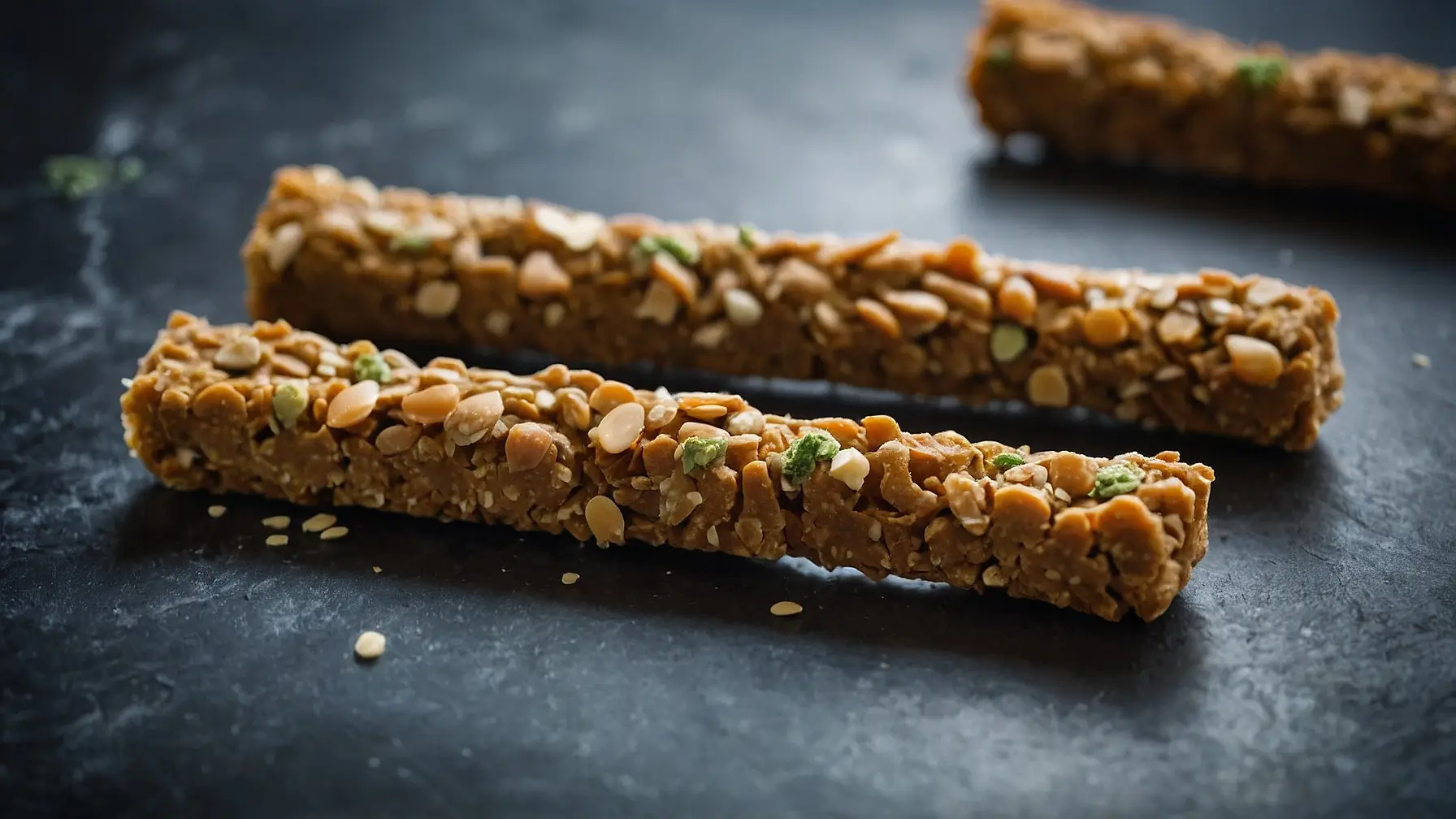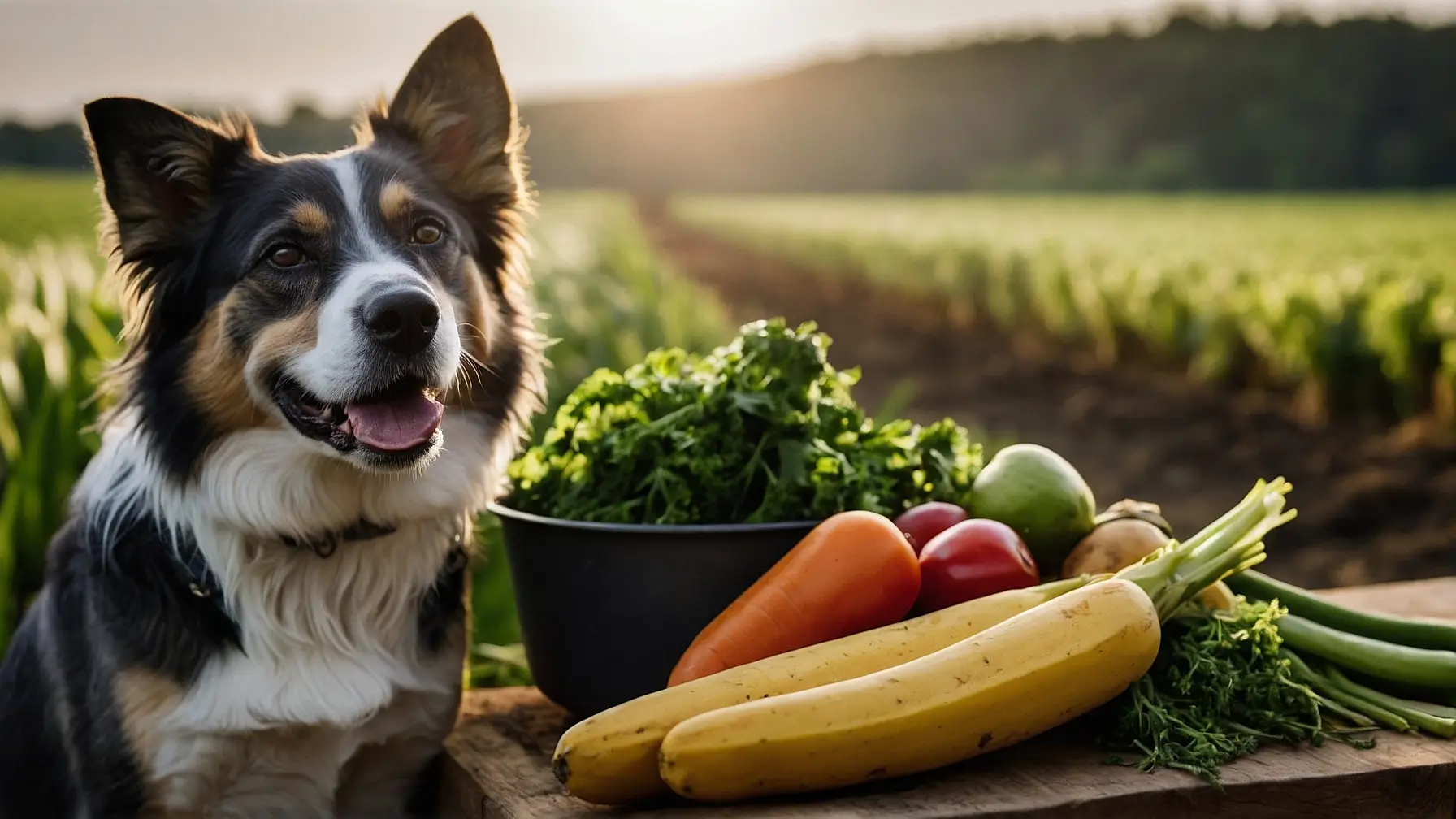Can Dogs Eat Strawberries?

In the world of dog ownership, sharing your life with a furry companion involves more than just companionship; it extends into the realms of diet and nutrition, where the line between human food and dog-safe treats often blurs. Among the plethora of dietary queries, a common wonderment arises: “Can Dogs Eat Strawberries?” Can dogs safely enjoy strawberries, those sweet, succulent fruits that humans adore? This question is not just about indulgence but also about health, nutrition, and the overall well-being of our canine friends. As an experienced dog blogger and a dedicated pet parent, I’ve navigated through various dietary dos and don’ts, aiming to offer insights that balance safety with enjoyment. This comprehensive exploration will delve into the benefits and risks of strawberries for dogs, juxtapose them with other fruits like bananas and apples, and culminate in a well-rounded perspective on incorporating fruits into your dog’s diet. Join me as we sift through facts, debunk myths, and pave the way for informed, health-conscious pet parenting.
Is Strawberries Good for Dogs?
Strawberries stand out in the fruit world for their vibrant color, irresistible taste, and impressive nutritional profile. But do these attributes translate into benefits for dogs? The answer is a resounding yes, with several caveats attached to ensure moderation and mindfulness.
Nutritional Benefits: Strawberries are laden with vitamins (such as Vitamin C, K), minerals, antioxidants, and fiber, all of which contribute positively to a dog’s health. Vitamin C boosts immunity, fiber aids in digestion, and antioxidants help combat oxidative stress, contributing to overall vitality and health.
Dental Health: An interesting aspect of feeding strawberries to dogs is the presence of an enzyme that can help keep their teeth clean and white. This natural teeth-cleaning agent is a bonus on top of the nutritional benefits.
Weight Management: For dogs on a weight management plan, strawberries offer a low-calorie, low-fat treat option that satisfies the sweet tooth without compromising dietary goals. This makes strawberries an excellent treat for training or as a snack.
However, the introduction of strawberries into your dog’s diet should be gradual. Start with small quantities and observe for any reactions. This cautious approach helps identify any intolerance or allergic reactions, which, while rare, can occur.
Is Strawberries Bad for Dogs?
Despite the benefits, strawberries are not devoid of potential downsides when it comes to canine consumption. The primary concerns revolve around sugar content, digestive issues, and the risk of pesticides.
Sugar Content: Strawberries contain natural sugars, which, in excess, can lead to health issues in dogs, including obesity and diabetes. Moderation is key to avoid these risks, ensuring that strawberries remain a treat rather than a staple.

Digestive Sensitivities: Some dogs might experience gastrointestinal upset, including diarrhea or vomiting, when introduced to new foods, including strawberries. Monitoring your pet’s response to a small quantity of strawberries can help mitigate this risk.
Pesticides and Chemicals: Non-organic strawberries might carry residues of pesticides and chemicals harmful to dogs. Washing strawberries thoroughly or opting for organic varieties can help reduce exposure to these substances.
Are Other Fruits Safe For Dogs?
Expanding the dietary horizons for your dog to include other fruits is a wonderful way to provide variety and nutritional benefits, but it’s essential to know which fruits are safe and how they compare to strawberries.
Bananas: Rich in potassium, vitamins, biotin, fiber, and copper, bananas are a fantastic treat for dogs. They’re especially beneficial for active dogs due to their energy-boosting properties. However, their high sugar content necessitates moderation, making bananas a special treat rather than a daily diet staple.
Apples: Apples offer vitamins A and C, fiber, and calcium, contributing to a healthy diet for dogs. They’re particularly good for dental health, helping to clean residue off a dog’s teeth. However, the seeds and core must be removed before feeding to avoid the risk of cyanide poisoning from the seeds and choking hazards.
These fruits, alongside strawberries, can enrich a dog’s diet when introduced properly. The key is to peel (if necessary), cut into appropriate sizes, and monitor the dog’s response to these new additions.
Incorporating Fruits into Your Dog’s Diet
When incorporating fruits like strawberries, bananas, and apples into your dog’s diet, it’s vital to adhere to a few guidelines to ensure safety and health:
- Moderation: Treats, including fruits, should not make up more than 10% of your dog’s daily caloric intake. This helps prevent weight gain and nutritional imbalances.
- Preparation: Properly wash, peel (if needed), and remove any seeds or pits from fruits to prevent choking and ensure they are free from harmful substances.
- Observation: Introduce new fruits gradually and watch for any signs of adverse reactions, adjusting the diet as necessary to maintain your dog’s health and happiness.
Final Thoughts
Fruits like strawberries, bananas, and apples can be delightful, nutritious treats for your dog, offering a range of health benefits when given responsibly. These fruits provide vitamins, minerals, and fiber, contributing to a balanced diet that supports overall health and wellness. However, the key to safely incorporating these treats into your dog’s diet lies in moderation, careful preparation, and vigilant observation.
As we conclude this exploration, it’s clear that the bond we share with our canine companions extends into every aspect of their lives, including their diet. By choosing safe, healthy treats and being mindful of their quantities and preparation, we can ensure our dogs enjoy a varied, nutritious diet that supports their health and happiness.
Always consult with a veterinarian before introducing significant dietary changes to ensure they align with your dog’s specific health needs and dietary restrictions. With the right approach, sharing the occasional strawberry, banana slice, or apple piece can become a rewarding experience, strengthening the bond between you and your furry friend.










